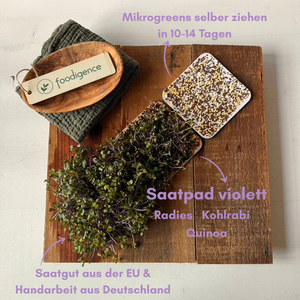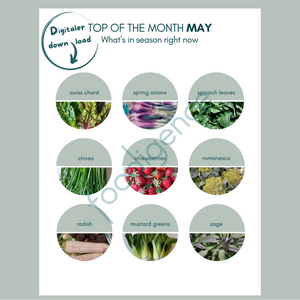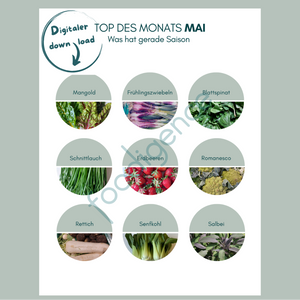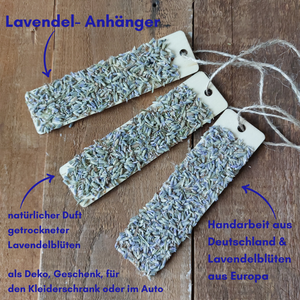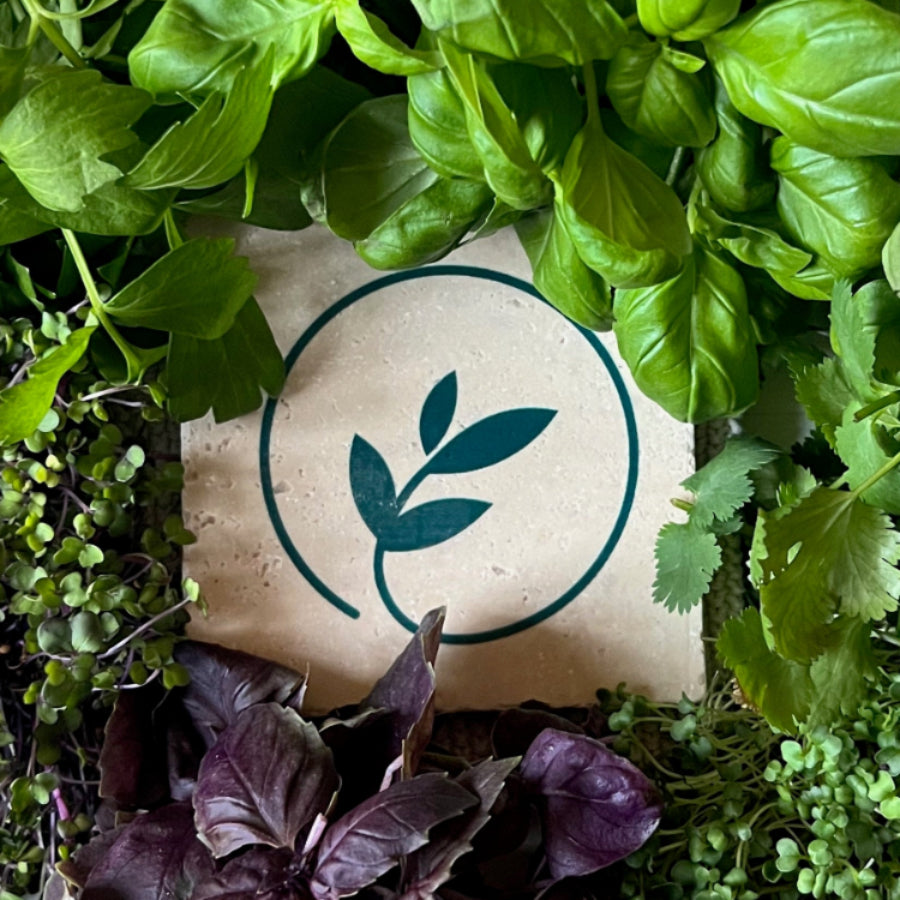Everyone has to decide for themselves how often they want to do this. But with the abundance of products and their many advertising promises, how do you navigate and choose what fits your foodigence concept? Here are a few tips from us:
We are concerned with a selection of food that
· - are as original as possible (have hardly been processed)
· - delicious-healthy or healthy-delicious
· - preferably from the region to Europe (short distances)
· - like to be there seasonally
Regional
When it comes to ready meals, the question of where the product comes from isn't quite so straightforward—at least not with conventional products, and seasonality is secondary due to the type of product (not fresh). For organic products, it can at least be narrowed down to European (EU)/non-EU.
Preparation & Costs
The time factor is often the focus here, but it also depends very much on the dish in question. Some products require several steps to prepare a great dish, such as pizza dough. Others are simple, quick, and can be cooked individually, just as easily. Costs vary greatly, and people tend to assume—and we've calculated it ourselves—that cooking it yourself is usually cheaper.
Intolerances
If you have an intolerance to certain foods, such as gluten (wheat gluten) in wheat products, the selection of ready-made products is increasingly limited. You'll find information about allergens and ingredients on the list of ingredients, but – if we stick with the example – wheat (flour) is present in almost every ready-made meal that contains dough (pizza, pasta), etc. Wheat is inexpensive and therefore predominantly used.
individuality
With ready meals, this is lost; yes, you can add more seasoning, but most of it is already there. Often, these ready-made products are also heavily seasoned and contain unnecessary amounts of salt or sugar. A clear argument for "cooking from scratch."
Healthy ingredients
It certainly depends on the specifics, but here, too, "cooking yourself" scores points: The "freedom" to decide for yourself what you eat is unique and often healthier. I already mentioned the salt/sugar factor above, and many foods also contain additives (the description usually doesn't even sound like a food anymore), which should remain the exception rather than the rule. Tip 1: Opting for organically produced ready-made products rather than conventional ones is a good approach: Fewer additives and additives are permitted there. Tip 2: Few ingredients. Look at the list of ingredients, up to about 10 ingredients.
Make your own “ready meals”
Yes, it works great if you cook larger portions and freeze them. This works with almost all soups, stews, one-pan dishes, and even bread or oven-baked casseroles. Just give it a try.
Sounds complicated? Step by step, it's really easy—you'll see. For more tips , check out our recipes or learn more in other posts.
|
foodigence |
Convenience Finished products |
Prepare & cook yourself |
|
regional products
|
¯ Transparency is usually not given
|
You know, where it comes from supports crafts in your region |
|
Know origin |
rarely
|
shorter transport routes ¯ Reduce CO2 emissions |
|
Preparation time
|
draw |
draw |
|
Cost |
usually higher |
¯ usually lower
|
|
Ingredients
|
¯ only clue, the list of ingredients |
You know more/exactly what's inside |
|
Nutrients
|
¯ No information, partial reduction by preservation process |
Depending on the preparation, more is added or remains |
|
Intolerances |
¯ Information on the ingredients list, less choice |
Replacing foods you don’t tolerate |
|
individuality |
¯ Rather low |
Creativity and variations are possible |
|
Prefer organic products
|
¯ fewer additives more ingredients
|
¯ fewer pollutants more ingredients
|
|
Waste
|
lots of packaging |
¯ less packaging |
